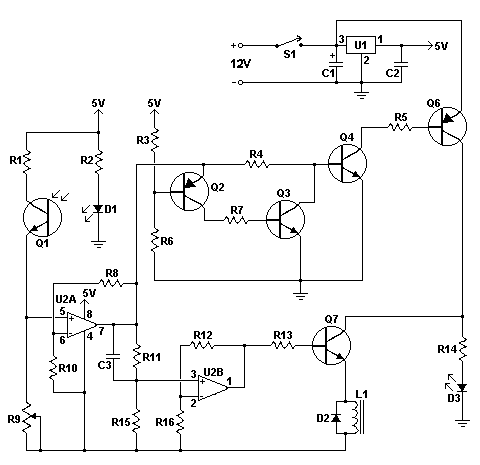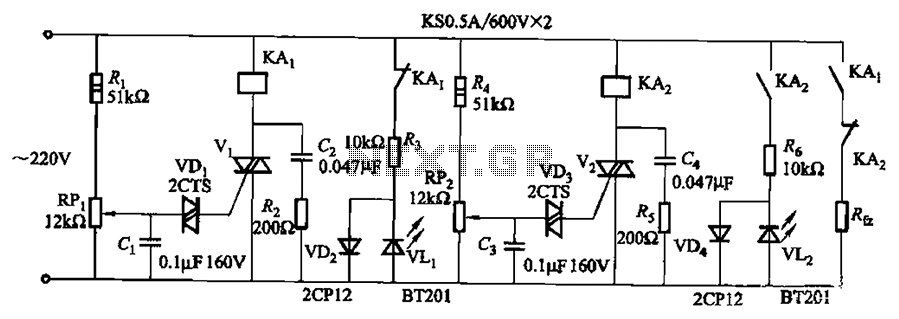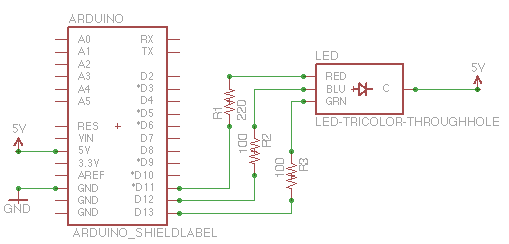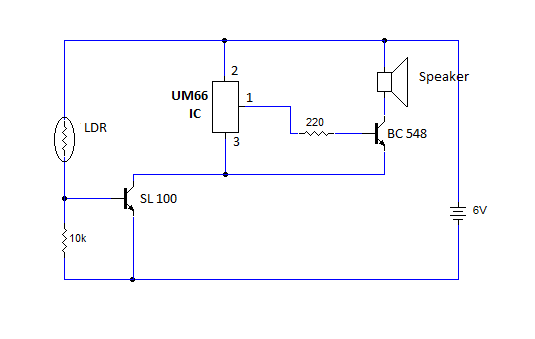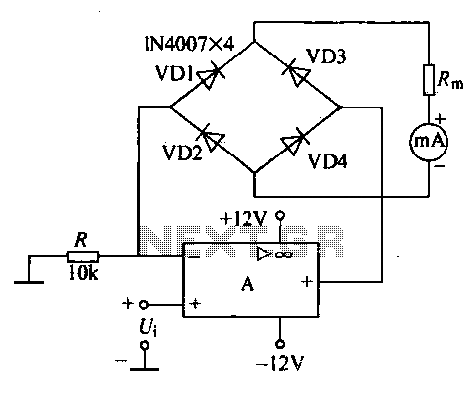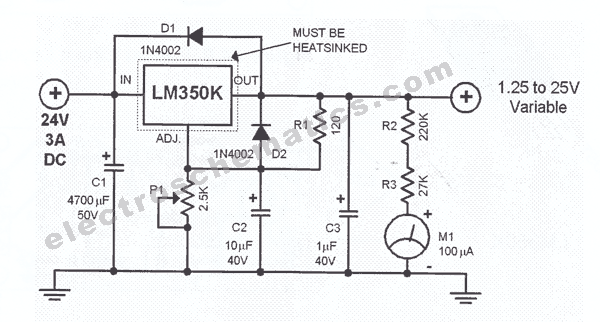
Transistor regulator circuit can adjustable output voltage
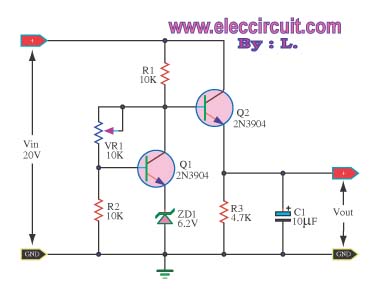
This circuit maintains a constant voltage, with an adjustable output voltage. It serves to reduce the input voltage while keeping the voltage constant. The amplifier model used is the Q1 2N3904 in a common-emitter configuration. This configuration allows the voltage across the collector pin to ground to be equal to the voltage between the base and ground of Q1. The base-emitter voltage is approximately 0.6 V, and the zener diode voltage is 6.2 V, which is adjustable using VR1. The circuit has a minimal temperature coefficient, almost zero, as the base-emitter junction of Q1 has a temperature coefficient of -2 mV per degree Celsius, while the zener diode ZD1 has a temperature coefficient of +2 mV per degree Celsius. This design reduces the impact of temperature on the circuit. Q2 drives the output; however, the output voltage can be adjusted with VR1 within the range of 6.8 to 15.6 V. The components R3 and C1 function as RC filters to minimize voltage ripple. This circuit is limited to a maximum current of 100 mA, making it ideal for low current applications. It is a straightforward circuit designed to provide a stable output voltage for loads with specific requirements, while minimizing temperature effects at the transistor junction. The output voltage can be controlled from 0 V to 30 V at 0.1 A. The operational principle involves the transistor Q1 2SC458 configured as a common-emitter amplifier, which effectively decreases the input voltage while stabilizing the collector voltage relative to ground. The output voltage is derived from the combination of the base-emitter voltage (0.6 V) and the zener diode voltage (6.2 V). The resistance value can be adjusted using VR1 to assist the transistor Q2 2SC458 in acting as a current source. The current flowing into the base pin of Q2 biases it, allowing for the regulation of the output voltage, which can be fine-tuned between 5.8 V and 15.8 V. R3 and C1 serve as an RC filter to ensure stable operation. This circuit is designed for low current applications, with a maximum output current of 100 mA.
The circuit can be divided into several key components, each serving a specific purpose. The Q1 transistor operates in a common-emitter configuration, which is crucial for voltage amplification and regulation. The base-emitter junction of Q1 regulates the input voltage by maintaining a fixed voltage drop of approximately 0.6 V, allowing for effective control over the output voltage.
The zener diode ZD1 plays a critical role in voltage regulation by providing a stable reference voltage of 6.2 V. This voltage, in conjunction with the base-emitter voltage of Q1, establishes a reliable operating point for the circuit. The adjustable resistor VR1 allows for fine-tuning of the output voltage, enabling the user to set the desired voltage level within the specified range.
The Q2 transistor, also in a common-emitter configuration, acts as a power supply current source, ensuring that the circuit can deliver the required output current while maintaining voltage stability. The biasing of Q2 through the base pin allows for effective control of the output voltage, further enhanced by the use of the adjustable resistor VR1.
The inclusion of R3 and C1 as an RC filter is essential for minimizing voltage ripple, ensuring that the output voltage remains stable and free from fluctuations. This is particularly important in low current applications where precision is required.
Overall, this circuit design is optimized for low current applications, providing a simple yet effective means of maintaining a constant output voltage while minimizing the effects of temperature variations. The careful selection of components and their configurations contributes to the reliability and performance of the circuit.This circuit is maintain a constant voltage, the output voltage is adjustable. Serves to reduce the input voltage, and keep the voltage constant. The Q1 2N3904 is the amplifier model. common-emitter. This causes the voltage across the collector`s pin with the ground. Is equal to the voltage between the legs to the ground base of Q1. The volt base-em itter (0. 6 V), the zener diode volt (6. 2 V), then adjust the voltage VR1. This circuit has a temperature coefficient is very little, almost zero. The joint base emitter of Q1 with a temperature coefficient of -2 mV per Degree Celsius And zener didoe ZD1 have the temperature coefficient of +2 mV per degree Celsius. Reduce the effect of temperature on the circuit. The Q2 to drive the output up. However, the output voltage drops, which can be adjusted with VR1 voltage range 6. 8 15. 6V. The R3 and C1 act as RC filters, voltage ripple less. But this circuit is less than 100 mA current only, is ideal for low current circuits. This again the one circuit that use in fining value output voltage, for apply give straight with the requirement of load be the circuit that is simple and have no result temperature way of the joint junction of transistor.
Vout control 0V-30V at 0. 1A The principle works be transistor Q1 2SC458 that built model common-emitter amplifier, which perform fine decrease input voltage get down then heal volt that give may but at collector voltage compare with ground. Which get from the combination of voltage at base emitter pin (0. 6V) with VZener diode (6. 2V) already fine the value of a resister can fine the value VR1 help transistor part Q2 2SC458 perform be compared as power supply current source and current that fixed.
By current at flow come in the way base pin of Q2 and when Q2 bias current. That already Voltage output get, with fining that a resister VR1 during 5. 8V-15. 8V. By have R3 and C1 perform be RC Filter caution. This circuit power current source get 100mA topmost should apply to load that use current low. 🔗 External reference
The circuit can be divided into several key components, each serving a specific purpose. The Q1 transistor operates in a common-emitter configuration, which is crucial for voltage amplification and regulation. The base-emitter junction of Q1 regulates the input voltage by maintaining a fixed voltage drop of approximately 0.6 V, allowing for effective control over the output voltage.
The zener diode ZD1 plays a critical role in voltage regulation by providing a stable reference voltage of 6.2 V. This voltage, in conjunction with the base-emitter voltage of Q1, establishes a reliable operating point for the circuit. The adjustable resistor VR1 allows for fine-tuning of the output voltage, enabling the user to set the desired voltage level within the specified range.
The Q2 transistor, also in a common-emitter configuration, acts as a power supply current source, ensuring that the circuit can deliver the required output current while maintaining voltage stability. The biasing of Q2 through the base pin allows for effective control of the output voltage, further enhanced by the use of the adjustable resistor VR1.
The inclusion of R3 and C1 as an RC filter is essential for minimizing voltage ripple, ensuring that the output voltage remains stable and free from fluctuations. This is particularly important in low current applications where precision is required.
Overall, this circuit design is optimized for low current applications, providing a simple yet effective means of maintaining a constant output voltage while minimizing the effects of temperature variations. The careful selection of components and their configurations contributes to the reliability and performance of the circuit.This circuit is maintain a constant voltage, the output voltage is adjustable. Serves to reduce the input voltage, and keep the voltage constant. The Q1 2N3904 is the amplifier model. common-emitter. This causes the voltage across the collector`s pin with the ground. Is equal to the voltage between the legs to the ground base of Q1. The volt base-em itter (0. 6 V), the zener diode volt (6. 2 V), then adjust the voltage VR1. This circuit has a temperature coefficient is very little, almost zero. The joint base emitter of Q1 with a temperature coefficient of -2 mV per Degree Celsius And zener didoe ZD1 have the temperature coefficient of +2 mV per degree Celsius. Reduce the effect of temperature on the circuit. The Q2 to drive the output up. However, the output voltage drops, which can be adjusted with VR1 voltage range 6. 8 15. 6V. The R3 and C1 act as RC filters, voltage ripple less. But this circuit is less than 100 mA current only, is ideal for low current circuits. This again the one circuit that use in fining value output voltage, for apply give straight with the requirement of load be the circuit that is simple and have no result temperature way of the joint junction of transistor.
Vout control 0V-30V at 0. 1A The principle works be transistor Q1 2SC458 that built model common-emitter amplifier, which perform fine decrease input voltage get down then heal volt that give may but at collector voltage compare with ground. Which get from the combination of voltage at base emitter pin (0. 6V) with VZener diode (6. 2V) already fine the value of a resister can fine the value VR1 help transistor part Q2 2SC458 perform be compared as power supply current source and current that fixed.
By current at flow come in the way base pin of Q2 and when Q2 bias current. That already Voltage output get, with fining that a resister VR1 during 5. 8V-15. 8V. By have R3 and C1 perform be RC Filter caution. This circuit power current source get 100mA topmost should apply to load that use current low. 🔗 External reference
